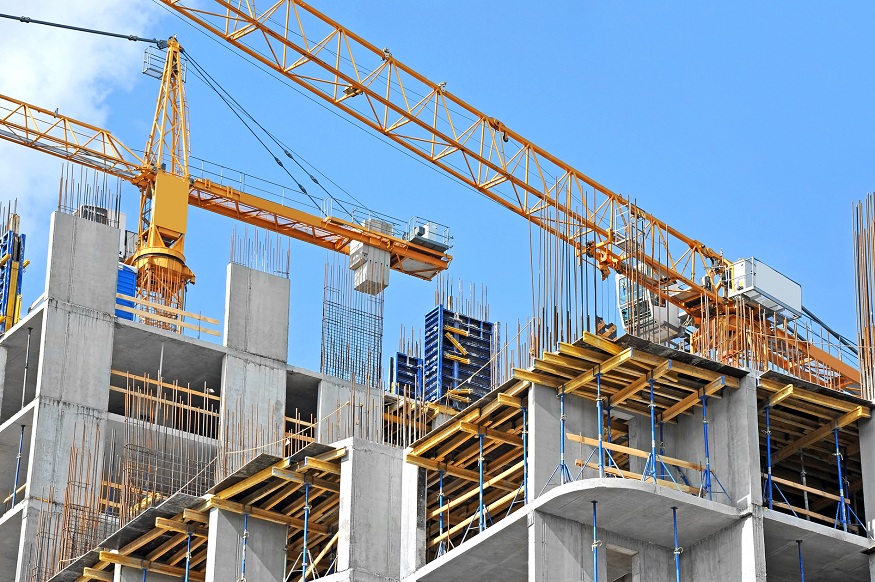Materials That Are Changing the Way We Build
Picture the following. Buildings that repair themselves, bridges that last centuries without maintenance, and skyscrapers that bend with the wind instead of breaking. This is no longer science fiction. New building materials are making these dreams come true, and they’re transforming construction sites across America.
The construction industry has used the same fundamental materials for many years. We construct our cities and towns from concrete, steel, and wood. However, contemporary builders have access to resources that were beyond the reach of previous generations. These innovative materials are more robust, intelligent, and environmentally friendly.
Self-Healing Concrete: The Future of Foundations
Cracks in regular concrete are a guaranteed guest. Freezing rain, salt, and cold expand the gaps. Repairs are soon needed for sidewalks and bridges. Self-healing concrete changes this game completely. Scientists have created concrete with special bacteria. When cracks form and water enters, these tiny organisms wake up and produce limestone. The limestone fills the cracks automatically, sealing them before they become a problem.
This smart concrete can make our sidewalks and overpasses last for decades longer. Picture highways that patch their own potholes and bridges that don’t sag even after a hundred years. Sure, buying it costs a little more upfront, but the cash you save on repairs over the years does the real talking.
Ultra-Strong Steel Alloys: Building Higher and Lighter
Regular steel is tough, but the new alloys can carry way more weight while using way less of it. Taller towers, slimmer columns, and way more wide-open floors. How does it work? Engineers mix a sprinkle of special elements into the steel, then cool it just right. The result? Steel that’s both super strong and bends a little before it snaps. That’s key during quakes or big windstorms.
Because of these smart materials, builders can design towers that would’ve seemed like sci-fi a couple decades ago. The windows stay safe, and the budgets stay on track.
Cross-Laminated Timber: Wood That Acts Like Steel
Wood is stepping back into the spotlight, and it’s doing it in surprising ways. Cross-laminated timber, or CLT, is made by stacking layers of lumber crosswise and gluing them together. The result is a flat panel that’s strong enough to support a multi-story building and way lighter than concrete or steel.
The green points are hard to ignore. Trees soak up CO₂ while growing, so when you use CLT, the building itself is doing a small favor for the planet. Plus, making these panels needs less energy than making a ton of steel or cement, so the impact stays low.
Learning from the Sky: Aerospace Applications
The aviation industry has always pushed materials to their limits. The experts at Aerodine Composites explain that aerospace composites must be incredibly light yet strong enough to handle extreme conditions. These materials use carbon fibers and resins for stronger structures.
The same high-tech stuff seen in space travel is now going up in buildings. Contractors are using super-strong, lightweight composites to make beams, panels, and columns. These don’t rust and do not carry electricity. Furthermore, you can bend and curve them into tricky shapes. Regular steel can’t do this without big, heavy machines.
Conclusion
These game-changer materials are rewriting the rulebook on what a building can do. Skylines are turning into living machines that are stronger, greener, and way more efficient. The structures we throw up today won’t just sit there; they’ll actively fix, clean, and adapt for decades.
Once these materials go from lab to job site and their prices drop, you’ll see them hugging the tallest new towers and the smallest clinics. The next wave of building isn’t just bigger cranes and taller towers; it’s towers that think for themselves.


